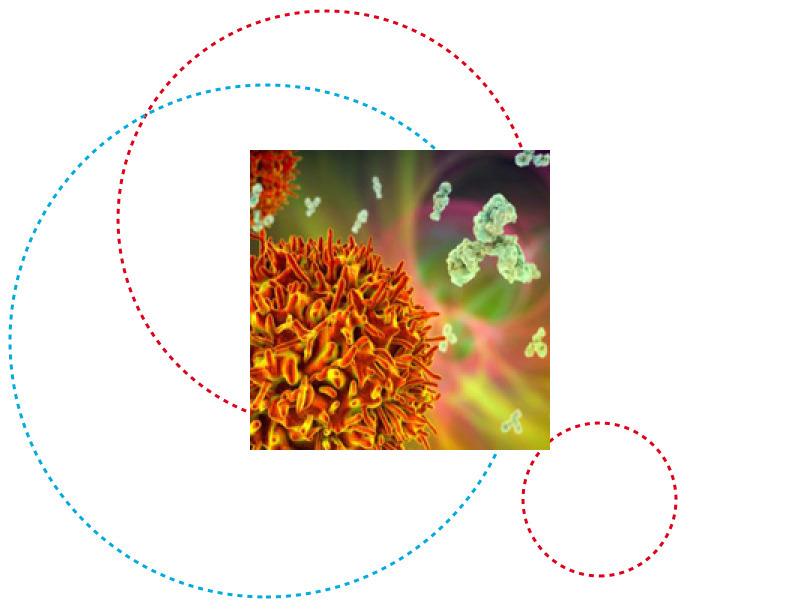Researchers delve into the inner workings of the antibody immune response, finding key differences in the metabolism of two closely related immune cell subsets.
Protection against viral diseases is a key role of our body’s immune response, where antibodies are generated to seek out invading species and either neutralise or mark them for destruction. “The importance of antibodies has been the centre of attention during the SARS-CoV-2 pandemic and major research efforts have been made to understand effective antibody responses,” explains Prof. Dirk Brenner, Deputy Head of the Department of Infection and Immunity (DII) at the LIH and professor of immunology and genetics at the University of Luxembourg, when introducing his team’s latest study.
Two sub-groups of B cells
Antibody production is largely controlled by distinct types of B cells, special white blood cells than can produce disease controlling antibodies. In order to increase anti-viral immunity in the population, it is important to understand our bodies’ response to a disease causing virus and not just the virus itself. A complete understanding of the immune response, right down to the inner workings of individual cells, is therefore of paramount importance in developing future treatments. While much is known about B cells that coordinate our antibody response, there are still big gaps in our understanding of what makes them tick on the inside. This study seeks to shed some light on the topic.
The purpose of this study was to gain a better understanding of two different types of B cells, Follicular B cells (FoB) and marginal zone B cells (MZB). FoB cells tend to reside in small aggregations alongside other immune cells in places like the spleen and lymphnodes, while MZB cells make up only about 5-10% of the B cells in a spleen, from where they can rapidly respond to blood-borne viral particles and invading bacteria. The authors focused on the metabolic differences between both B cell subsets. They studied in which way they differ when producing and consuming energy, as well as during the synthesis of new molecules and the breakdown and removal of others.
Studying the role of glutathione
To achieve this, the researchers targeted the production of a key chemical, called glutathione, in each of the cell types and observed the resulting changes in cell behavior. Normally, glutathione acts as an antioxidant in the cells, helping to maintain the delicate balance of reactions that regulate cell metabolism and keep things running as they should. By tipping the balance, researchers were able to look for differences that were unique to each cell type.
They observed a significant impact on normal cell development and maintenance when glutathione production was inhibited in the MZB cells of mice, leading to an overall cell loss. FoB cells behaved in a more adaptive fashion, reprogramming their normal metabolic pathway so that they actually began to behave more like regular MZB cells. The downside for FoB cells however, was that this also led to an accumulation of defective mitochondria, ultimately rendering them ineffective when exposed to viruses.
“Our work highlights B cell-specific alterations that offer novel insights for the understanding of the role of glutathione in the regulation of B cells function and defects upon viral infections,” summarises Dr Franchina, first author of the study and member of Prof. Brenner’s team. Ultimately, the researchers hope that by continuing to build on the knowledge of these crucial gatekeepers, they will be able to translate findings into novel treatment strategies for viral diseases such as SARS-CoV-2, with tangible patient outcomes.
The study was published on 4 April 2022 in Nature Communications, under the full title “Glutathione-dependent redox balance characterises the distinct metabolic properties of follicular and marginal zone B cells”.
—
Funding and collaborations:
This study was supported by the FNR’s INTER-CORE [C18/BM/12691266] programme. The work was also partially supported through intramural funding of LIH through the Ministry of Higher Education and Research (MESR) of Luxembourg.
